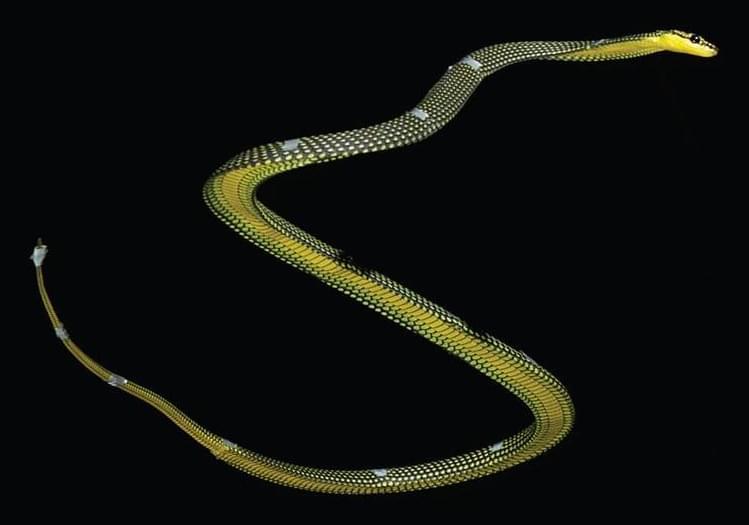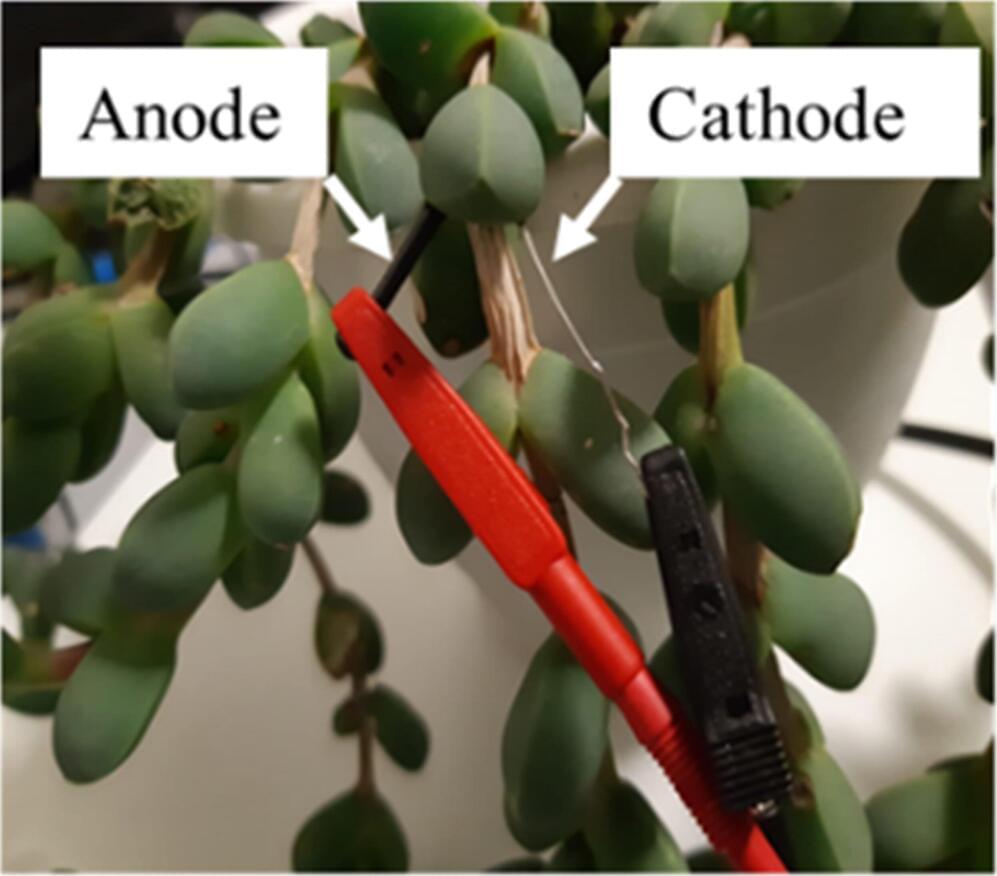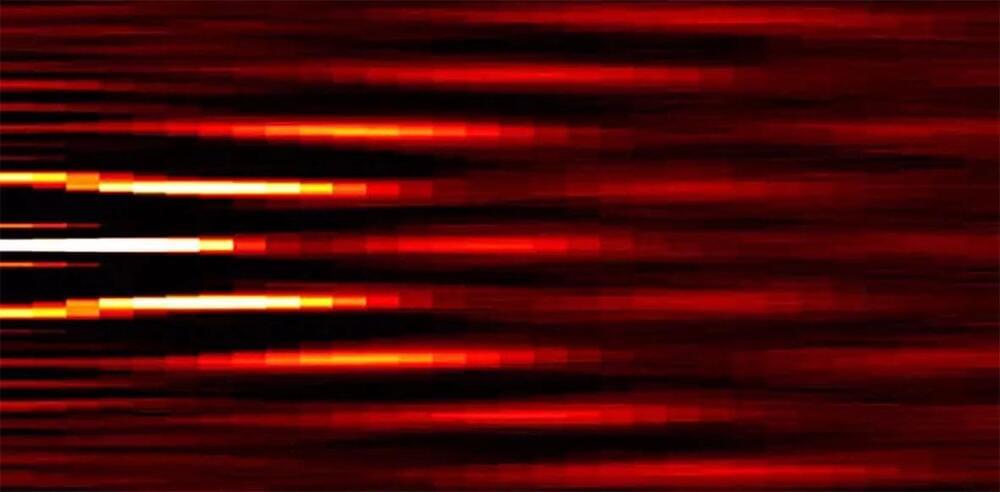Balancing management ability and technical expertise is an active debate in the software industry, where, depending on whom you ask, an engineering manager’s interest or ability to code is dependent on whether the team is able to operate without them. Scott Berkun, the author of “Making Things Happen: Mastering Project Management,” told SD Times he believed the two disciplines were somewhat oppositional: “Coding requires intense uninterrupted concentration, while management requires dealing with constant interruptions and context switching.”
“Being able to do both is not something that a lot of people can do in practice.”
Berkun isn’t wrong — the incredible focus and discipline one must have to constantly write, test, and execute code in production are very different attributes to those of a manager. And just because someone is a high-performing employee doesn’t mean they can or should become a manager. Being in charge of employees is a unique skill that requires its own form of training and knowledge. Switching between producing valuable work for the company and leading a team of employees is not for everyone. As I’ve suggested before, the ratio of managers to the people they manage should be much larger if the manager isn’t doing the actual labor — but even then, the lack of practical experience will make it harder for them to be effective. But because the managerial class has become the only avenue for real advancement at many companies, many organizations end up with a jumble of disconnected or micromanaging bosses who aren’t right for the job.






